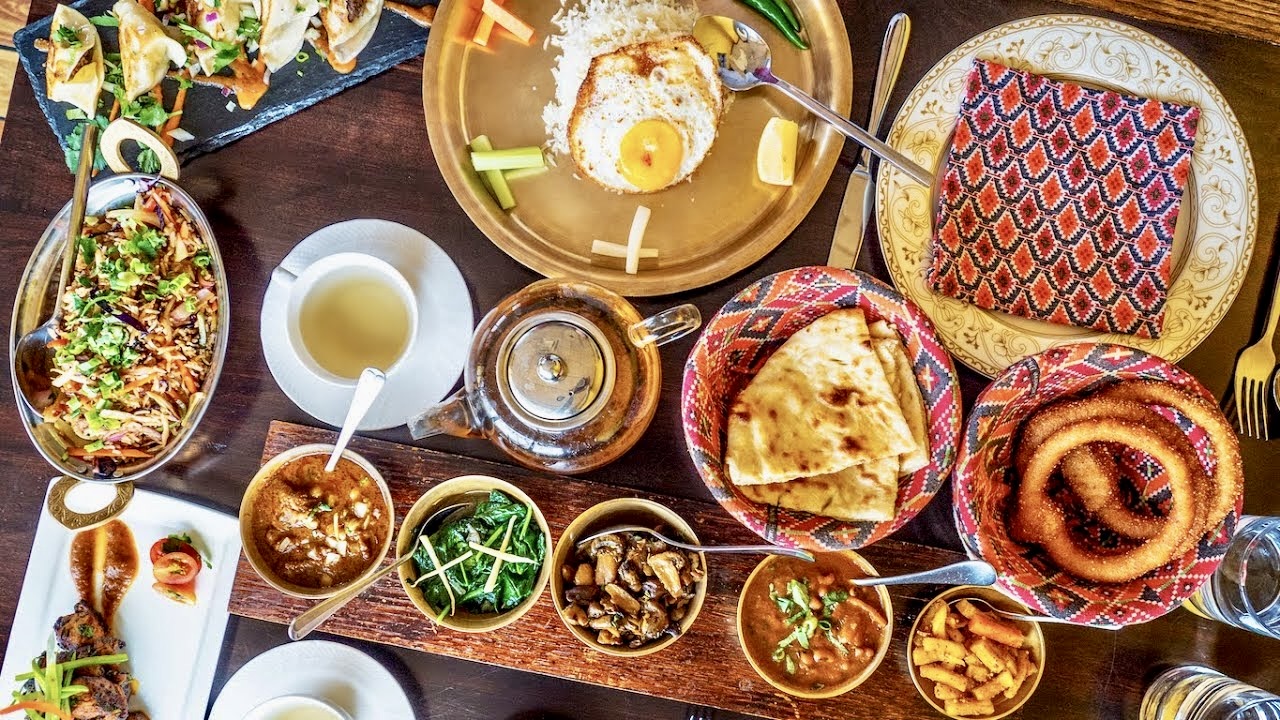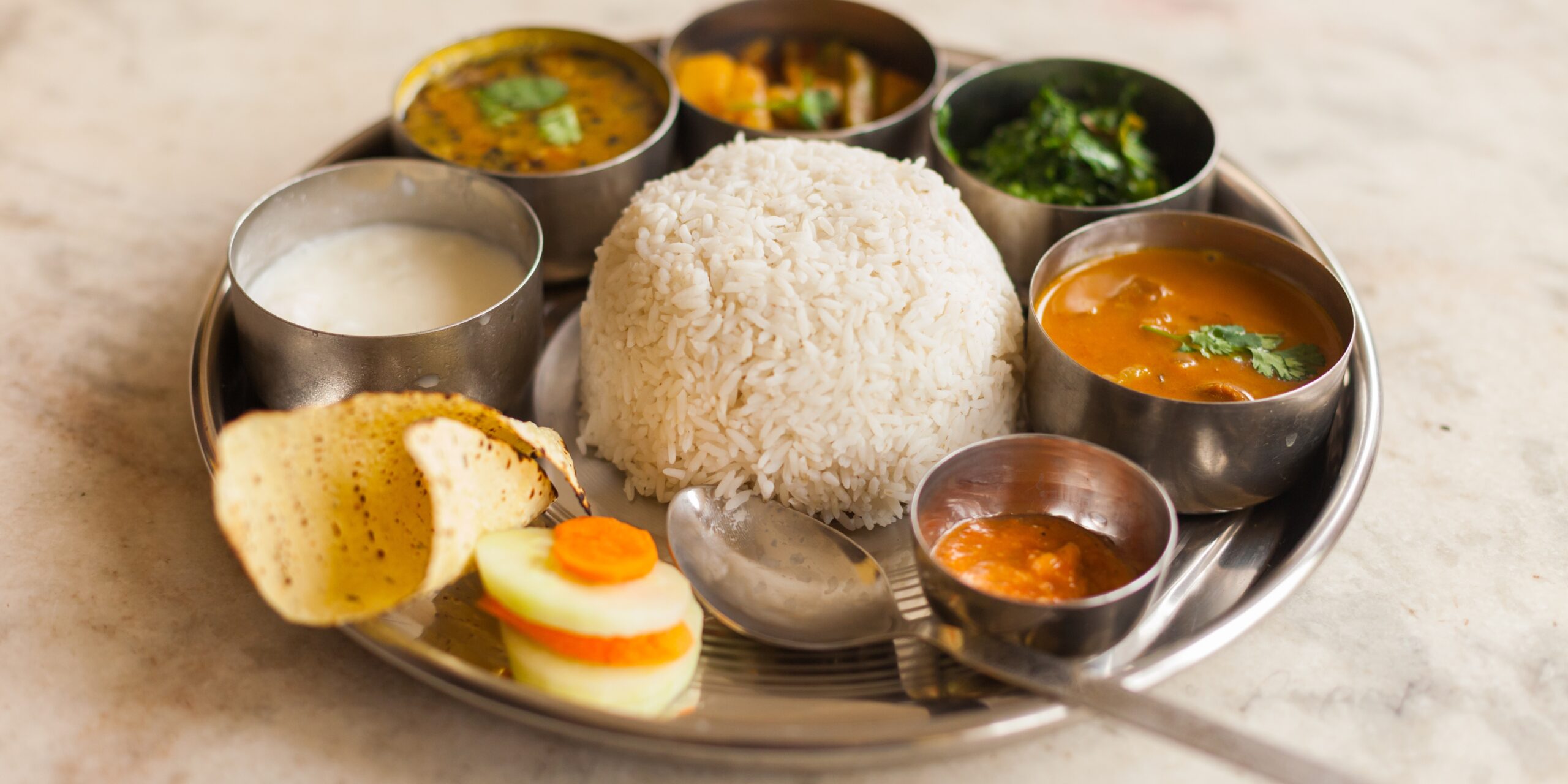A Culinary Journey Through Nepal: Exploring The Beauty Of Nepali Cuisine
A Culinary Journey Through Nepal: Exploring the Beauty of Nepali Cuisine
Related Articles: A Culinary Journey Through Nepal: Exploring the Beauty of Nepali Cuisine
Introduction
With great pleasure, we will explore the intriguing topic related to A Culinary Journey Through Nepal: Exploring the Beauty of Nepali Cuisine. Let’s weave interesting information and offer fresh perspectives to the readers.
Table of Content
A Culinary Journey Through Nepal: Exploring the Beauty of Nepali Cuisine

Nepal, nestled amidst the majestic Himalayas, boasts a culinary landscape as diverse and captivating as its natural beauty. Nepali food, a harmonious blend of flavors and textures, reflects the country’s rich cultural tapestry, showcasing influences from India, Tibet, and even the ancient Silk Road. This article delves into the captivating world of Nepali cuisine, exploring its key ingredients, culinary traditions, and the profound connection between food and cultural identity.
A Tapestry of Flavors: Key Ingredients and Culinary Traditions
Nepali cuisine is characterized by its use of fresh, seasonal ingredients, many of which are grown locally. Rice, lentils, and vegetables form the foundation of most meals, complemented by a vibrant array of spices and herbs.
Spices and Herbs: The aroma of Nepali food is often attributed to the generous use of spices like turmeric, cumin, coriander, ginger, garlic, and chili peppers. These spices not only enhance flavor but also possess medicinal properties, reflecting the importance of holistic health in Nepali culture.
Rice and Lentils: Rice, a staple food in Nepal, is prepared in countless ways, ranging from simple steamed rice to elaborate rice dishes like "Biryani" and "Khichdi." Lentils, a source of protein and fiber, are frequently incorporated into soups, stews, and curries.
Vegetables: Vegetables, fresh and abundant in Nepal, are used in a wide range of dishes. Popular choices include potatoes, tomatoes, onions, spinach, and cauliflower, often combined with lentils or spices to create flavorful and nutritious meals.
Meat and Dairy: While vegetarianism is prevalent, meat and dairy products also hold a significant place in Nepali cuisine. Chicken, goat, and buffalo meat are popular, often featured in curries and stir-fries. Milk, yogurt, and ghee are widely used, adding richness and creaminess to dishes.
Traditional Dishes: Nepali cuisine boasts a rich repertoire of traditional dishes, each with its own unique story and cultural significance.
- Dal Bhat: This iconic dish, a staple across Nepal, consists of steamed rice, lentil soup (dal), and a variety of vegetables. It is typically served with a side of pickle, chutney, and a spicy sauce called "achar."
- Momo: These steamed dumplings, filled with meat or vegetables, are a popular street food and a beloved part of Nepali cuisine. They are often served with a spicy dipping sauce.
- Thukpa: This hearty noodle soup, originating from Tibet, is a popular choice for its warmth and comfort. It is typically made with noodles, vegetables, and meat or tofu.
- Gundruk: This fermented leafy green vegetable, a unique Nepali delicacy, is used in soups, stews, and curries. It adds a distinct tangy flavor and is a good source of nutrients.
- Sel Roti: This sweet, fried bread, often enjoyed during festivals, is made with rice flour and has a distinctive chewy texture.
The Beauty of Nepali Food: Beyond Flavor
Nepali cuisine is not merely about the flavors it offers; it is deeply intertwined with the cultural fabric of Nepal. Food plays a central role in social gatherings, religious ceremonies, and everyday life.
- Family Meals: In Nepali households, meals are often shared together, fostering a sense of community and connection.
- Festivals and Celebrations: Food plays a vital role in Nepali festivals, with special dishes prepared to mark important occasions.
- Religious Significance: Certain foods hold religious significance, particularly during festivals and rituals.
A Culinary Journey: Exploring Nepal’s Culinary Landscape
Experiencing Nepali cuisine is an adventure for the senses. From the bustling street food stalls to the cozy family restaurants, the flavors and aromas of Nepal will transport you to a world of culinary delight.
Street Food Delights: Nepal’s vibrant street food scene offers a taste of local favorites. Momo, chowmein, and "chaat" are popular choices, offering a quick and flavorful bite.
Traditional Restaurants: For a more authentic Nepali dining experience, visit traditional restaurants that serve classic dishes like dal bhat, thukpa, and gundruk.
Home-Style Cooking: One of the best ways to truly appreciate Nepali cuisine is to experience home-style cooking. Many families welcome guests into their homes for a traditional Nepali meal, offering a glimpse into the heart of Nepali culture.
FAQs: Unraveling the Mysteries of Nepali Cuisine
Q: What are some common vegetarian options in Nepali cuisine?
A: Nepali cuisine offers a wide array of vegetarian dishes, including dal bhat, momo, thukpa, gundruk, and various vegetable curries.
Q: What are some popular Nepali drinks?
A: Nepal offers a variety of refreshing beverages, including milk tea (masala chai), ginger tea, and "lassi" (a yogurt-based drink).
Q: Is Nepali food spicy?
A: The level of spice in Nepali food can vary depending on the region and dish. While many dishes are mildly spiced, some can be quite spicy.
Q: What are some tips for eating Nepali food?
A:
- Use your right hand to eat. This is the traditional way of eating in Nepal.
- Be prepared to share. Nepali meals are often shared, with dishes placed in the center of the table.
- Don’t be afraid to try new things. Nepali cuisine offers a diverse range of flavors and textures, so be adventurous and explore different dishes.
- Enjoy the cultural experience. Nepali food is more than just a meal; it’s a window into the country’s rich cultural heritage.
Conclusion: A Culinary Tapestry of Nepal
Nepal’s culinary landscape is a testament to the country’s rich cultural heritage and the ingenuity of its people. From the humble dal bhat to the exotic flavors of momo, Nepali cuisine offers a captivating journey for the senses. By exploring the diverse ingredients, culinary traditions, and cultural significance of Nepali food, we gain a deeper understanding and appreciation for the beauty of this Himalayan nation.








Closure
Thus, we hope this article has provided valuable insights into A Culinary Journey Through Nepal: Exploring the Beauty of Nepali Cuisine. We hope you find this article informative and beneficial. See you in our next article!
You may also like
Recent Posts
- The Art Of Persuasion: A Comprehensive Guide To Makeup Product Label Design
- A Comprehensive Look At Mary Kay Cosmetics: Reviews, Insights, And Considerations
- Affordable Skin Care: A Guide To Effective Products Under INR 100
- Navigating The World Of Mary Kay Discounted Products: A Comprehensive Guide
- The Power Of High-Resolution Images: A Guide To Acquiring The Best Visuals For Your Projects
- The Power Of Reviews: Navigating The World Of Makeup Products
- Swiss Beauty Makeup: A Comprehensive Guide To Quality And Affordability
- Embracing Natural Beauty: Makeup Tips And Techniques For Women Over 50
Leave a Reply